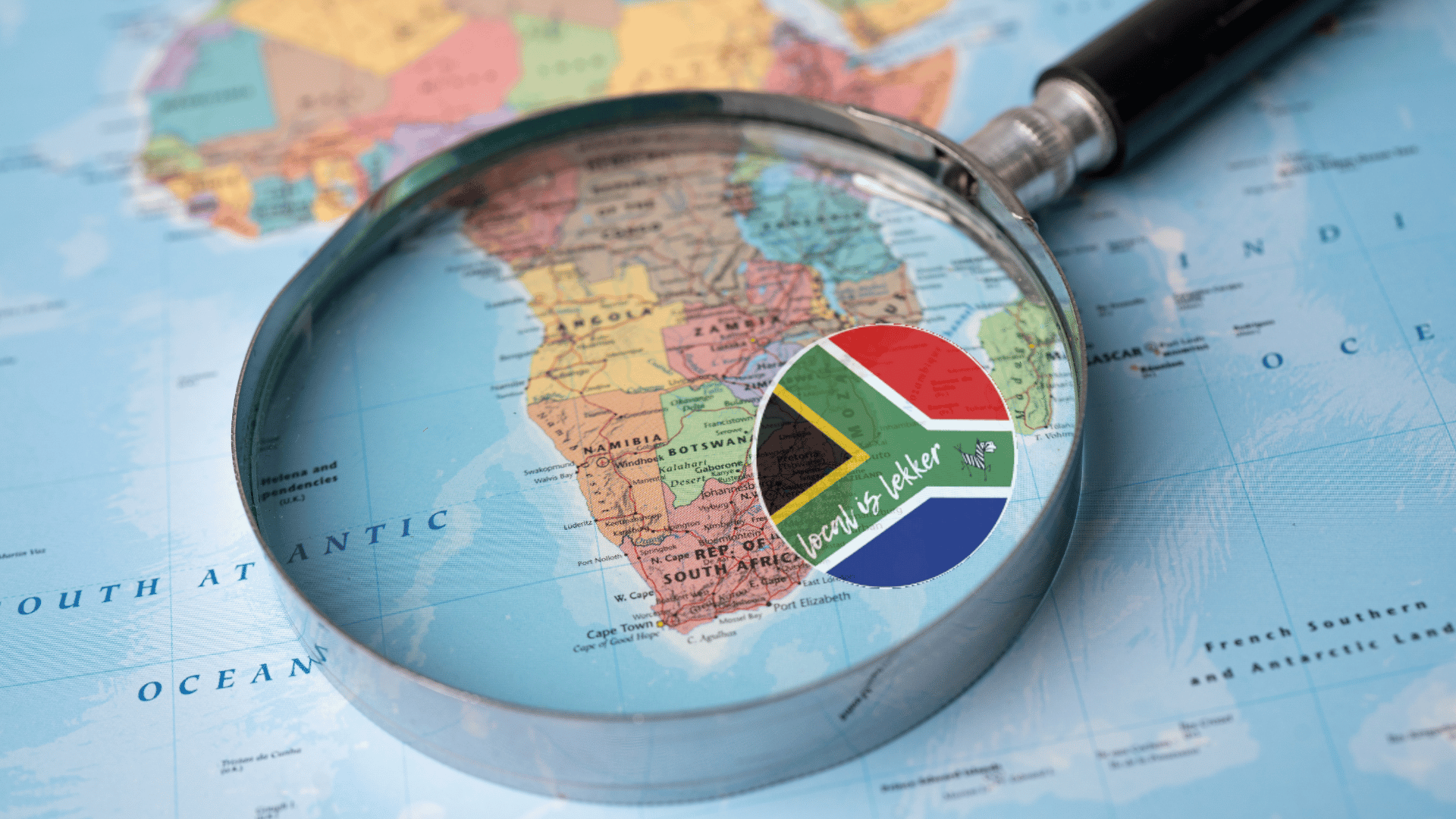The Rise of Local Content Thresholds in Public and Private Sector Sourcing
For years, “buy local” has been a rallying cry in South African procurement circles — a well-meaning principle, too often sidelined when international pricing or supply certainty took precedence. But 2025 marks a seismic shift: local content thresholds are no longer optional or vague.
Whether through the Public Procurement Act, private-sector ESG mandates, or incentives tied to industrial policy, local content is now being enforced — measured, audited, and monetised. And the implications for suppliers, manufacturers, and procurement teams are profound.
📜 Policy in Motion: A Brief Recap
The Public Procurement Act of 2024 mandates the Minister of Finance to prescribe sector-specific local content thresholds — meaning any state-owned enterprise, government department, or municipality must procure designated products/services with a minimum percentage of South African input.
-
Designated sectors already include rail, bus bodies, uniforms, steel products, cement, and furniture.
-
2025 is expected to bring expanded thresholds for ICT equipment, energy components, and agro-processing machinery.
-
Verification and penalties are now part of Treasury’s Standard for Infrastructure Procurement and Delivery Management (SIPDM).
But it’s not just government pushing the agenda.
🤝 The Private Sector Is Catching On
Corporate buyers are increasingly aligning procurement with local development, transformation goals, and carbon reduction strategies. Not because of PR — because it makes business sense.
Case Example – Automotive OEM in Eastern Cape:
Faced with FX fluctuations and shipping delays, a multinational OEM moved 17 Tier-2 component lines from Germany and India to Gqeberha and East London in 2024. Result?
-
6.5% average cost reduction over 12 months.
-
22 new SMME contracts created.
-
3-day lead time buffer regained — critical for just-in-time manufacturing.
Case Example – Private Hospital Group (KZN):
A major private hospital chain partnered with a Durban-based linen and textile SMME (previously a supplier to retail outlets). After achieving a 45% local content score on hospital uniforms and bedding, the hospital unlocked incentives through IDC’s Local Procurement Boost Fund.
🔎 What to Watch in 2025
✅ 1. Expanded Treasury Directives on Sector Thresholds
Expect updates targeting:
-
ICT hardware (min 50% local assembly)
-
Renewable energy cables and inverters
-
Water infrastructure components (e.g., piping, valves, meters)
✅ 2. Mandatory Third-Party Audits
Bidders for public work contracts >R30m will need independent verification of local content claims — including bill-of-material breakdowns and cost structures.
✅ 3. Carbon-Linked Procurement Scorecards
Some listed companies are starting to measure carbon km per item procured — meaning locally sourced items score better simply by proximity.
✅ 4. Supplier Development Linked to Localisation Goals
Multinationals will be required to prove they’re building local capacity — not just buying local products, but growing local capability.
📊 Sector-Specific Highlights
Energy (IPPs) - Local manufacture of solar racking, inverters, switchgear for REIPPP rounds.
Textiles & PPE - Government-mandated 100% local content in uniforms and public sector PPE.
Construction - Cement, bricks, and structural steel now under strict local origin compliance for public contracts.
Tech & IT - Assembly and integration of laptops / tablets for school rollouts must meet minimum SA content thresholds.
⚠️ Strategic Considerations for Buyers
- Risk of Non-Compliance: Falsified local content declarations now carry potential for blacklisting on national procurement platforms.
- Price vs. Value: Procurement teams must learn to model lifecycle value — not just upfront unit cost — when evaluating local options.
- Collaborate Early: Buyers should co-develop local solutions with manufacturers instead of relying on off-the-shelf global imports.
🧠 Conclusion: A Turning Point for Industrial Procurement
Procurement professionals must now become localisation strategists — with the tools, data, and vision to turn policy into performance.

